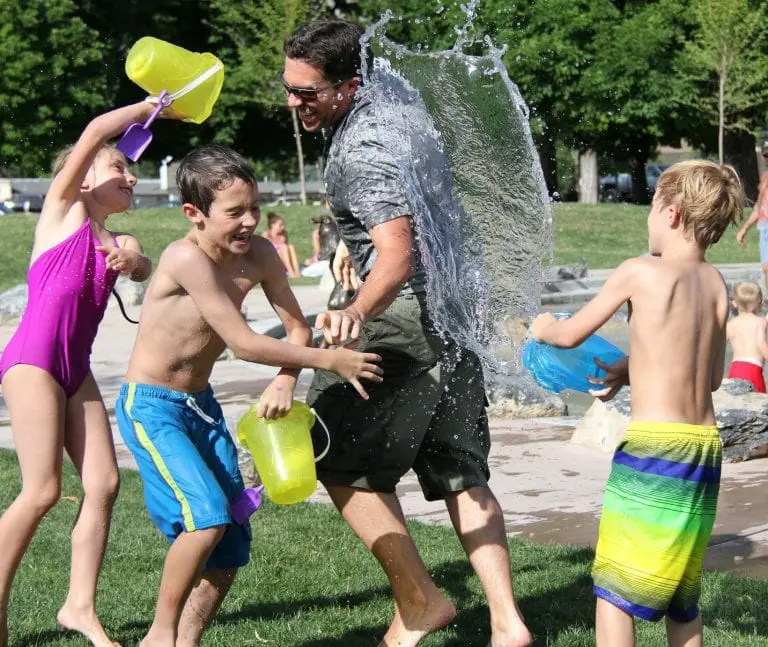Supporting Your Kindergartener’s Math Development
The start of your child’s education journey can be an exciting yet worrisome time. As a parent, you worry about how your child will settle into full-time education and what their experience will be like. This is only natural, as is the desire to want to help them to do their best.
While many studies attest to the importance of supporting your child’s learning at home before they start kindergarten, the main crux of parental teaching lies in how the child is being taught.
At this age, children respond well to learning via fun methods and through play. They don’t, nor should they be expected to learn as an older child would. So making sure the emphasis is on fun and no pressure is vital to help them find their own way of learning and soak up what you are trying to teach them.
Play is essential to a child’s development; it is an integral aspect of a child’s learning and helps support their learning journey as they progress through school. Through the power of play, young children can learn a wide range of abilities. They may improve their verbal abilities, as well as their emotions, creativity, and social skills. Play assists in the development of creativity and the instilling of a sense of adventure in children. They can gain valuable skills such as problem-solving, collaboration, and sharing due to this experience, among many others.
As a result, they will be able to improve their ability to concentrate.
One such important skill is math. Counting and recognizing numbers and patterns is a life skill everyone needs in day-to-day life, regardless of their age and occupation. It makes sense that this is an area many parents choose to focus on when helping their children to prepare for kindergarten and support their education through their school journey.
Before you start preparing extra lessons, it is important to know exactly what your child will be learning in kindergarten about math so you can support them in the right way and follow the school’s lead for maximum impact.
Count to 100
At the beginning of the school year, your child may be able to recite and identify numerals exceeding ten. You can anticipate your child counting to 100 by the end of kindergarten. But, you should not expect your kindergartener to write numbers all the way to 100.
Kindergarten classrooms typically use the number of days of the school year to keep track of their number of class days. As children count each day, they gradually get better and better at remembering larger and larger numbers. Kindergarten classrooms typically celebrate the conclusion of 100 days that gives students and teachers more opportunities to count.
At home, you can teach important math skills for kindergarteners by encouraging them to regularly count as high as possible to help them gain more practice.
“How Many”
In addition to counting to 100, kindergarteners will be challenged to count the number of things in different-sized groups. Students must be able to physically count objects one at a time, assigning a number to each object as they count to complete the assignment. This is referred to as one-to-one correspondence in the industry.
You can support this at home by getting your child to count different things, such as how many toys can fit in their toy box or how many steps they climb the staircase, and so on.
Basic Addition and Subtraction
When starting kindergarten, children begin to develop a knowledge of addition and subtraction. This usually starts with 10 to keep it simple. As well as this, kids begin by solving problems with actual items, and as the year goes on, they gain the ability to represent addition and subtraction problems with pictures drawn on a whiteboard. They will even begin to solve simple word problems as a result of this experience.
At home, try separating groups of items, 10 in total, and have your child do basic sums using the blocks to help them. For example, 2+3 means they can take two blocks for one pile and three for another. Then they can use them together to get the answer. The same works for subtraction too.
Understanding numbers over the value of 10
Your kindergartener will begin to grasp the concept of place value and the fact that some numbers are larger than others based on their position – for example, they will come to terms with the fact that 21 is larger than 12 – even though it appears to be fairly advanced. When teaching place value, students might utilize place value blocks to help them “see” how ten ones make a ten.
When your child is ready, you can increase your counting at home using items such as blocks to introduce this to them using place value, etc.
Name Shapes
Kindergarteners will gain an understanding of 2D and 3D shapes. They should be able to identify distinct forms and describe the characteristics of each basic shape, such as a circle, square, triangle, rectangle. Kindergartners are fascinated by the fact that they can distinguish shapes in the actual world!
Encourage your child to draw 2d shapes and discuss this with them by making patterns or designing objects in 2d and 3d.
Measurements
Another great skill your child will learn at this age is how things are and different measurements. They will learn how tall things are, how long they are, what they weigh, and compare different sizes and shapes.
You can do this with anything around the house; water fun can be especially useful for learning about different weights by filling cups or jogs and making things heavier and lighter. If you are unsure of the best way to support your child as they enter kindergarten, ask their teacher to share with you what they are learning so you can support them at the right time and in a way that will reinforce what they are being taught at school. The consistency and repetition of learning the same things at home and school will be much more beneficial than contradicting school methods of forcing them to learn math skills they aren’t quite ready for.










